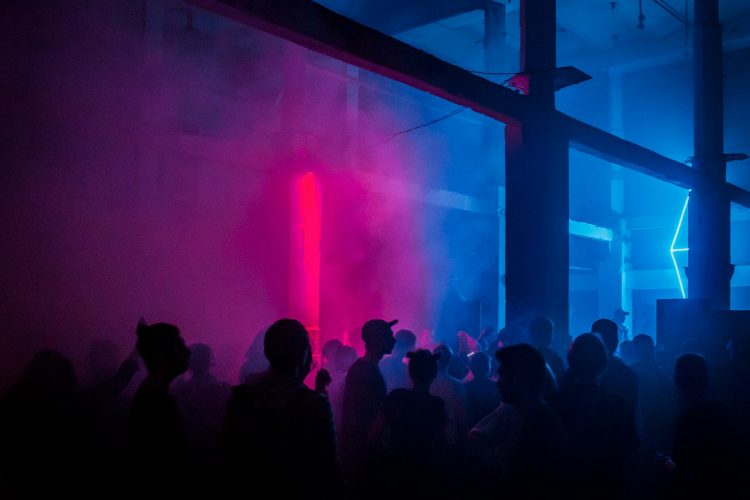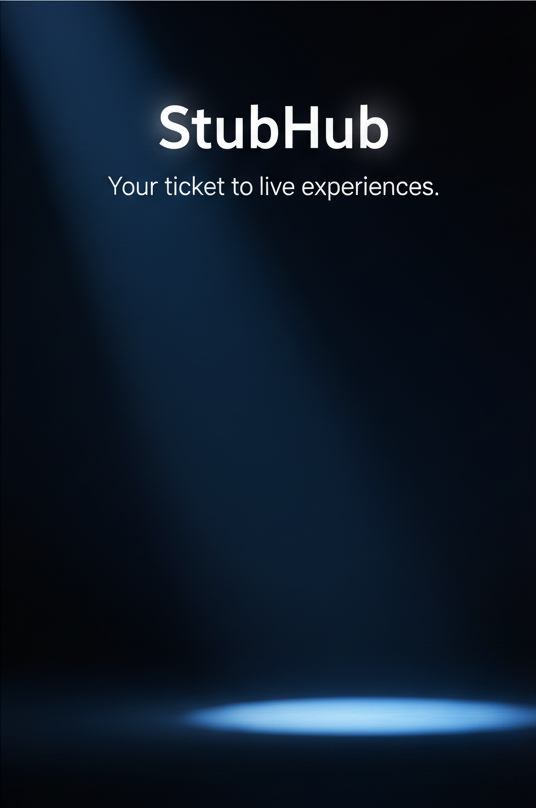Not long ago, being a fan meant something simple. You bought the tickets, wore the jersey, maybe joined a local club or read about your favorite artist or team in a magazine. It was a one-way relationship: fans consumed content, cheered from the stands, and watched events unfold from a distance. Today, that dynamic has transformed completely. Social media has redefined what it means to be a fan. It’s turned spectators into participants, and fleeting moments into shared global experiences. Whether it’s sports, music, gaming, or pop culture, social media hasn’t just changed the fan experience — it has completely rewritten it.
This revolution didn’t happen overnight. It evolved with each new platform, each tweet, each Instagram post, and each viral TikTok. Now, fans don’t just follow their idols — they interact with them. They create, respond, influence, and in many ways, shape the narratives themselves.
A New Era of Access
The most immediate change social media brought to the fan experience is access. Before platforms like Twitter or Instagram, the only way to hear from an artist or athlete was through interviews, press releases, or televised events. Now, you can scroll through their stories, comment on their posts, or even send a direct message. While not every message gets read, the mere possibility of interaction makes fans feel closer than ever.
This access has humanized celebrities and athletes. Fans have seen their favorite stars go live while eating dinner, post selfies from the gym, or share raw, emotional thoughts after a tough game or performance. That kind of unfiltered, behind-the-scenes look has created a sense of intimacy and authenticity that never existed before.
And it’s not just access to individuals — it’s access to moments. Social media means fans can witness a game-winning goal or an emotional concert encore in real-time, even if they’re thousands of miles away. In this digital landscape, no one has to miss out.
From Audience to Community
Perhaps the most powerful shift social media has caused is the transition from audience to community. Fans used to watch from the sidelines. Now, they gather, organize, and engage. They form digital communities around hashtags, Discord channels, subreddits, and group chats. These spaces become hubs for sharing opinions, content, art, reactions, and more.
Take the way fandoms organize around shows, games, or musical artists. It’s not uncommon for fan accounts to generate massive followings of their own — curating content, creating edits, analyzing lyrics or storylines, and even setting trends. These communities become mini ecosystems, each with its own rules, language, and culture.
Social media has made being a fan a social experience, not a solitary one. You’re no longer just someone who enjoys something; you’re part of something bigger, with people across the globe who share your passion.
Two-Way Interaction and Fan Empowerment
What truly sets this new era apart is the two-way nature of the interaction. Social media has flipped the traditional celebrity-fan relationship on its head. No longer are fans simply passive recipients of content — they are contributors and influencers.
We see this in how feedback works. A player might receive praise or criticism in real-time. An artist might tease a new track and gauge the reaction before releasing it. Sports teams, brands, and entertainment companies increasingly tailor content and strategy based on social engagement. This feedback loop empowers fans in a way that was once impossible.
Even decisions are now crowd-influenced. Think of how certain artists let fans vote on setlists, or how esports teams let fans pick uniforms. Brands collaborate with influencers and superfans, giving everyday people the chance to impact billion-dollar industries.
This empowerment extends to moments of activism and accountability. Social media allows fans to organize not just around joy, but around values. Whether it’s calling out bad behavior, pushing for inclusivity, or supporting charitable causes, fans have found their voice — and that voice is powerful.
The Rise of Fan-Generated Content
Social media has blurred the line between fan and creator. Today, some of the most viral moments aren’t created by the stars themselves — they’re born in the fanbase. Edits, memes, fancams, reaction videos, livestream discussions, digital art — fan-made content now drives engagement and often fuels official promotion.
Platforms like TikTok have turned fans into influencers overnight. A dance challenge set to a new song can launch it to the top of the charts. A reaction video to a sports highlight can rack up millions of views and help a moment go viral. Fans are no longer just the audience — they are part of the marketing machine, the hype engine, and the content strategy.
In return, many artists and brands now embrace and amplify fan-made content, further solidifying the bond and making fans feel seen and appreciated.
Real-Time Emotion and Global Connection
One of the most unique qualities of social media is how it captures real-time emotion. When a buzzer-beater goes in, or a long-awaited album drops, fans around the world react together. Platforms like Twitter become living pulse monitors of collective excitement, shock, joy, or heartbreak.
This simultaneous connection amplifies every moment. You don’t just experience a win or a performance — you experience it with a million others, watching the same thing, feeling the same feelings, posting memes, writing threads, joining live chats.
That shared energy builds a sense of belonging that transcends borders. It’s a reminder that fandom isn’t confined to a location — it’s global. And in many ways, it’s more alive than ever.
Challenges and Growing Pains
But this new fan experience isn’t without its downsides. The same access and immediacy that bring fans closer can sometimes turn toxic. Social media can create unrealistic expectations, spread misinformation, or facilitate online harassment. For public figures, this can mean navigating constant scrutiny. For fans, it can mean dealing with drama, gatekeeping, or burnout.
The lines between personal and public often blur too much. Some fans may feel overly entitled to attention, or demand content without considering the humanity of those they admire. Platforms and communities must learn to balance open access with healthy boundaries, respect, and moderation.
Despite these challenges, the overall trajectory is one of growth and learning. The internet, and social media in particular, is still evolving — and so are we.
The Future of Fan Experiences
Looking ahead, the integration of new technology — from VR and AR to AI and blockchain — promises to take fan experiences to yet another level. Imagine attending a virtual concert in the metaverse with friends across the world, wearing digital merch, and waving glowsticks coded to your favorite song. Or using AI to get personalized highlights from your favorite team’s season, tailored to your emotions and past engagement.
We’re entering an era where the digital and physical blend effortlessly. Social media is the connective tissue, making these moments not just possible, but meaningful. It isn’t just a tool for communication — it’s the engine of fandom, fueling creativity, connection, and community.





